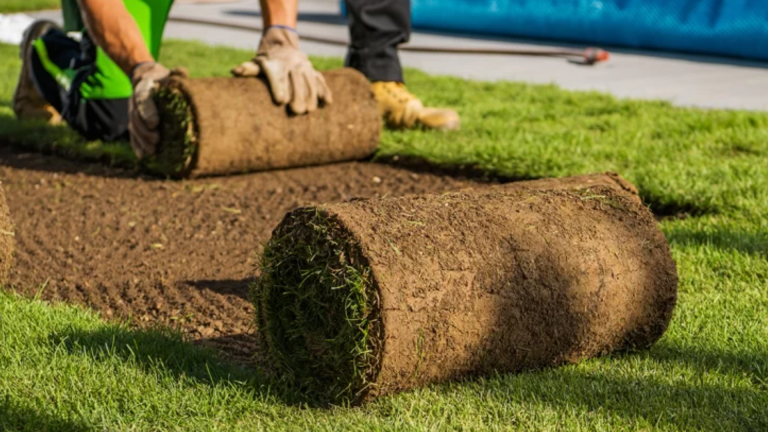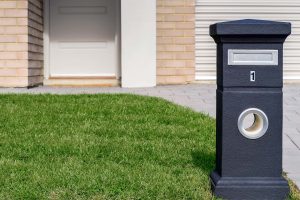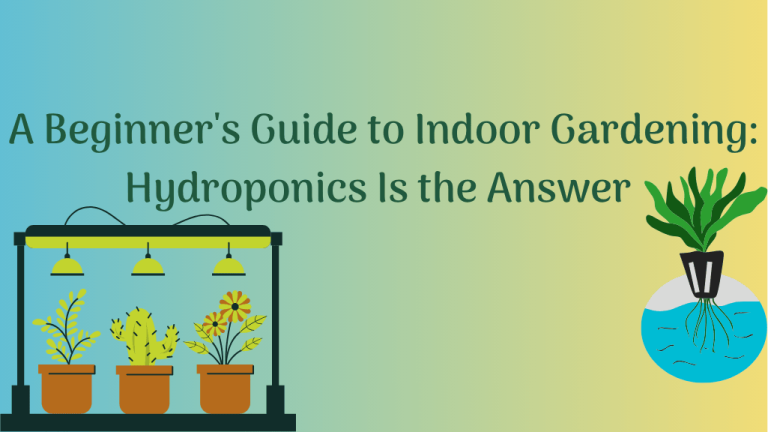Laying sod seemed easy at first, but I quickly learned it’s not always simple. I made several mistakes the first time I tried it. Some parts of my lawn turned brown or didn’t grow right. After talking with experts, I found out I wasn’t alone.
Many people make common errors when laying new grass. These mistakes cost time, money, and effort. Now I know what to avoid to get a green, healthy lawn. In this blog, I’ll share the most common sod-laying mistakes.
I’ll also provide simple tips to help you avoid each problem. You don’t have to be an expert to have great-looking grass. With the right advice, you can lay sod correctly the first time. Let’s learn together how to keep your lawn healthy and green from day one!
What Is Sod Laying?
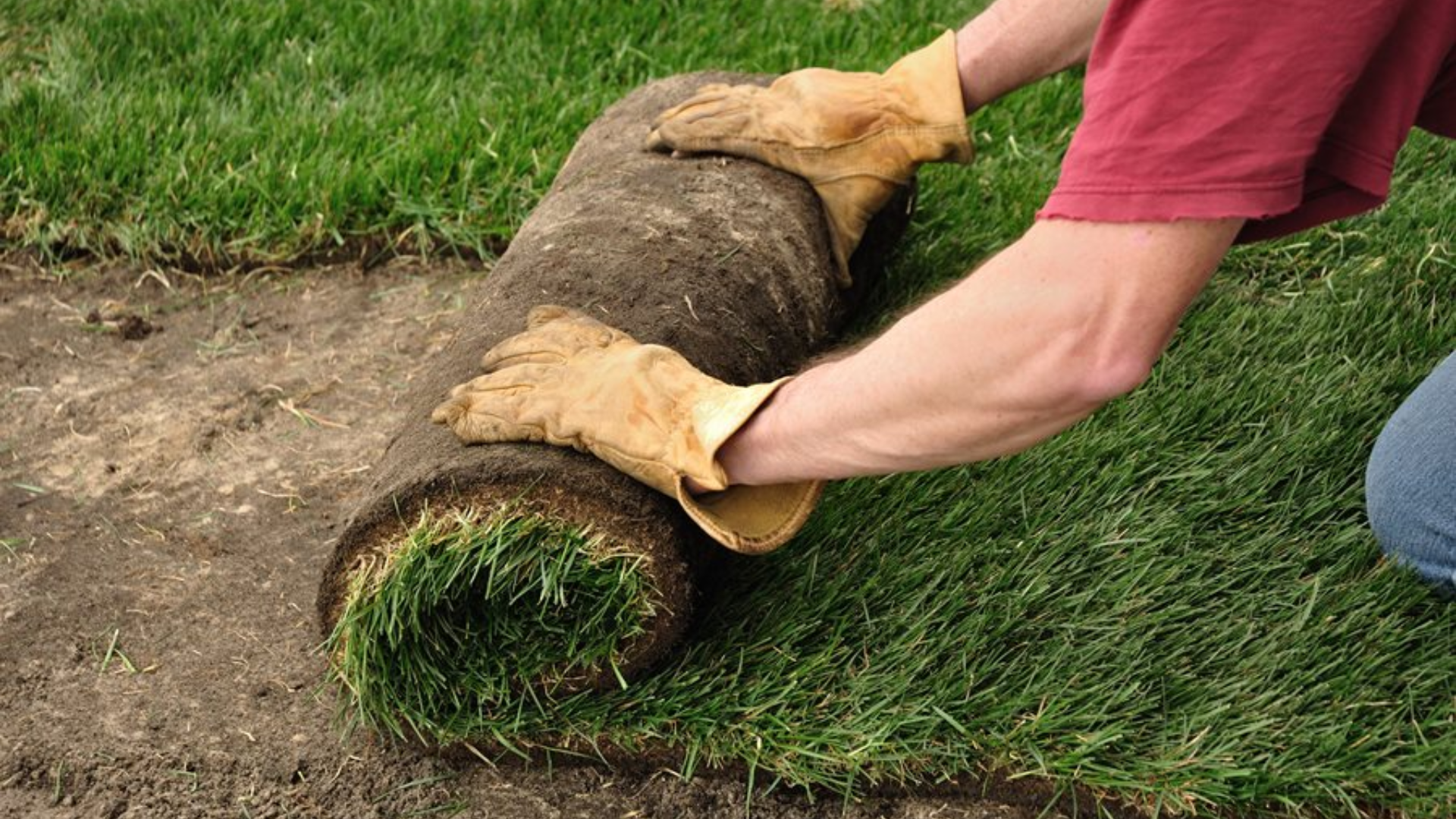
Sod laying means placing strips or squares of live grass onto prepared soil to create an instant lawn. Instead of planting seeds and waiting weeks for sprouts, ready-grown grass is fitted together like puzzle pieces.
First, the ground must be cleared of weeds, rocks, and old grass. Then, the soil is loosened and leveled to provide roots with room to grow. Each sod piece is laid tightly against its neighbors so no gaps remain. Once all pieces are in place, the new lawn is watered deeply to help the grass roots make contact with the soil.
The biggest benefits of sod laying are speed and reliability. A full, lush lawn appears immediately, bare spots are avoided, and there is a reduced chance for weeds to take hold. Within a few weeks, roots will be strong enough for normal mowing and foot traffic.
Common Sod Laying Mistakes You Should Avoid
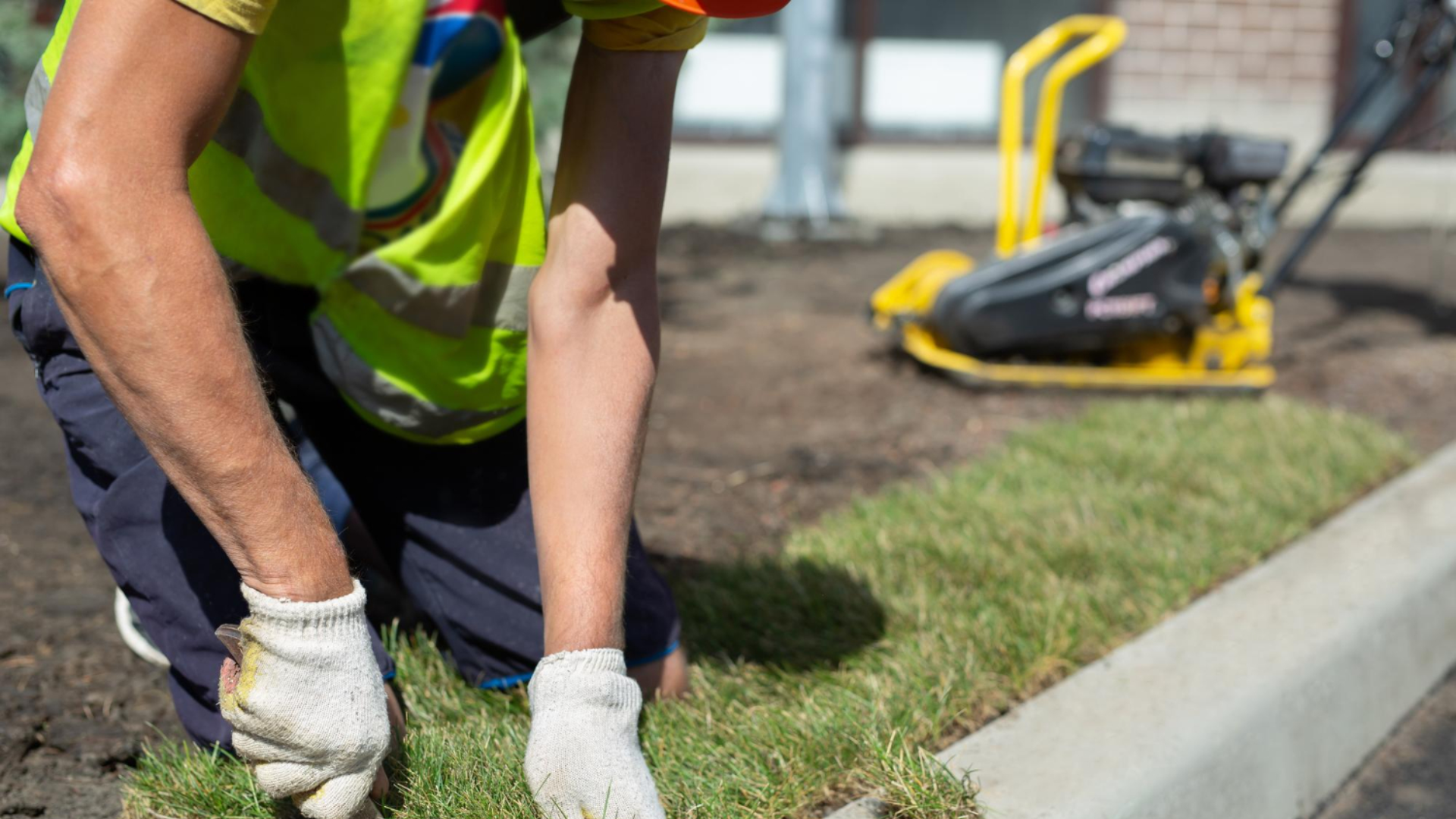
I’ll share detailed tips so you don’t repeat these common sod-laying errors.
1. Not Preparing the Soil Properly
When I first laid sod, I didn’t spend much time preparing the soil. I quickly learned that’s a big mistake. Good soil prep is the foundation for healthy sod. If your soil isn’t ready, your grass won’t grow well.
First, remove weeds and rocks from the ground. I skipped this step and ended up with a bumpy lawn full of weeds. Next, make sure to loosen the soil. Use a rake or shovel to break up compacted dirt. Grass roots need loose soil to grow deep and strong.
Also, check your soil quality. If it’s too sandy or too much like clay, you’ll need to add compost or good topsoil. Mixing these into your yard will help the sod thrive and grow healthy roots.
2. Buying Poor-Quality Sod
The first time I bought sod, I chose the cheapest one I could find. I didn’t realize low-quality sod could cause so many issues. Cheap sod often has weeds, weak roots, or might even be unhealthy.
Always buy sod from trusted sources. Good sod has deep green color, feels slightly moist, and has thick roots. Avoid sod that looks yellow, dry, or too thin. If possible, pick up your sod directly from a local farm or nursery, so you can see exactly what you’re getting.
Spending a little extra on good-quality sod will save you from headaches later. Your lawn will look better, and your grass will have fewer problems in the future.
3. Waiting Too Long to Lay the Sod
When I ordered my first sod, I didn’t plan well. The sod arrived, and I wasn’t ready. It sat rolled up in my yard for days. Big mistake! Sod should be installed as soon as possible after delivery.
Sod is alive. When it’s rolled up, it can’t breathe and gets stressed quickly. If it stays rolled up for too long, it starts to turn brown and dry out. To avoid this, only order sod when you’re ready to lay it down.
Try to lay your sod within 24 hours after it arrives. If that’s not possible, keep it cool, shaded, and slightly damp until you can install it. This small step helps keep your grass healthy from day one.
4. Laying Sod on Uneven Ground
Another mistake I made was laying sod on uneven ground. I thought the grass would just smooth out the bumps. But instead, my lawn stayed uneven, making mowing difficult and causing water to pool.
Before placing sod, take the time to level your yard. Use a rake to spread the soil evenly. Fill in any low spots with extra soil. This simple step gives you a smooth surface.
Having a level yard doesn’t just look good. It helps water drain evenly and prevents puddles that can damage your new grass.
5. Not Using Fertilizer
I thought my new sod didn’t need fertilizer because it looked healthy. That was a mistake. New sod needs extra nutrients to grow deep roots and stay strong.
Apply a starter fertilizer right before laying your sod. Starter fertilizer has special nutrients to help new grass get established. It encourages roots to grow quickly and helps grass stay green.
Don’t use too much fertilizer, though. Follow the instructions carefully. Too much fertilizer can burn your new grass. If you aren’t sure how much to use, ask at your garden store.
6. Overlapping or Leaving Gaps in the Sod
I didn’t pay enough attention to how I placed my sod pieces. Some parts overlapped, and others had gaps. Those areas died because they didn’t get enough sunlight or water.
When laying sod, place each piece tightly next to the others. Make sure the edges touch without overlapping. If gaps form, your sod edges will dry out quickly. Overlapping sod will smother the grass underneath, causing it to rot.
To avoid mistakes, lay your sod carefully row by row. Check each piece as you go. A tight fit gives your lawn the best chance of growing healthy and even.
7. Forgetting to Water Your Sod Enough
One of the biggest mistakes I made was not watering my new sod enough. I watered it lightly once and assumed that was enough. Soon, the grass turned brown and died.
New sod needs lots of water in the first few weeks. The soil under the sod should always stay moist (but not soaked). Water your sod daily during the first two weeks. In hot weather, you might even need to water it twice a day.
Check regularly by lifting a corner of the sod. The soil beneath should feel damp. If it feels dry, add more water. After a few weeks, you can slowly reduce watering.
7. Watering Your Sod at the Wrong Time
Not only did I water too little, but I also watered at the wrong times. I would water in the middle of the day. That wasn’t helpful because the water quickly evaporated in the heat.
The best time to water your sod is early in the morning or late in the evening. These times are cooler, and the water can soak deep into the soil. Morning is best because it gives your grass plenty of water to use throughout the day.
Avoid watering your sod during the hottest part of the day. You’ll waste water, and your sod won’t get the moisture it needs.
8. Mowing Your Sod Too Soon
After laying sod, I was excited to mow and see how it looked. I made a big mistake by mowing it way too soon. The grass hadn’t grown strong roots yet, and mowing too early damaged it.
Give your new sod time to grow before mowing. Wait until your grass reaches about 3 inches tall before cutting it for the first time. Set your mower blades high, at about 2 inches, to avoid cutting the grass too short.
Always keep your mower blades sharp. Dull blades tear grass and can make your new lawn look ragged. Sharp blades cut cleanly, helping your grass grow healthy and strong.
9. Allowing Pets or Kids on Sod Too Soon
Another mistake I made was letting my dog run on my new sod right away. Pets and kids playing on fresh sod can easily damage it before roots are established.
Keep everyone off your new lawn for at least two weeks. During this time, sod roots grow into the soil and get strong. Walking or playing on it too soon can tear the grass and damage new roots.
After two weeks, test by gently pulling a piece of sod. If it feels secure, you can safely allow pets and kids on the lawn again.
10. Not Checking Drainage Issues
I overlooked checking for good drainage before laying my sod. Soon after it rained, my yard was filled with large puddles. Poor drainage caused parts of my new sod to die quickly.
Check your yard carefully before placing sod. Look for spots where water pools after it rains. Fix drainage problems by adding soil or installing small drains. Proper drainage keeps your sod from sitting in water and drowning the roots.
Healthy sod needs soil that drains well. Making sure you have good drainage helps your lawn survive heavy rains and watering.
11. Ignoring Weather Conditions
When I laid my sod, I didn’t pay attention to the weather forecast. Heavy rains soon washed away some pieces of my new sod, leaving bare patches behind.
Always check the weather before installing sod. Avoid laying sod if heavy rain or extreme heat is coming. Rain can wash away newly laid sod, while intense heat can quickly dry it out.
Pick a day with mild weather to lay your sod. This gives your grass the best chance of growing healthy and strong.
12. Skipping Regular Lawn Care After Installation
After installing sod, I made another mistake: I thought my work was done. I didn’t maintain regular care, and as a result, my grass struggled.
Even after your sod roots, it needs ongoing care. Regular watering, mowing, fertilizing, and weeding keep your lawn healthy. Check your lawn often to spot problems early. Resolve issues promptly to maintain your grass’s optimal appearance.
With good care, your sod grows stronger each year. It’s worth the effort to have a beautiful lawn.
Conclusion
Laying sod well takes a bit of work and attention to detail. You’ve seen the most common mistakes and learned how to avoid each one.
Taking these steps will give new grass the best chance to establish strong roots and remain healthy. A little extra effort now can save time and money later. Your yard will be ready for play and good looks in a few weeks.
Give your lawn regular water, mow at the right height, and feed it with starter fertilizer. Look for areas that require extra attention and address minor issues promptly. With steady care, your new sod will turn into a lush, healthy lawn you can enjoy all season.
Use this guide as a checklist. Check off each task as you go. Soon you’ll have a yard you can be proud of – one free of the mistakes that slow growth and cause bare spots. Good luck, and happy gardening!


